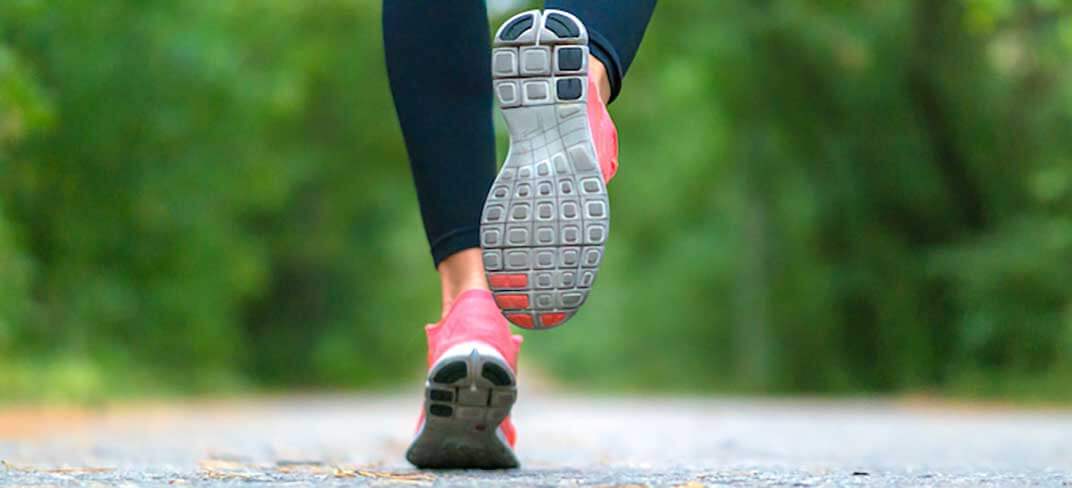Expert Tips for Marathon Recovery

What Types of Injuries Are Most Common for Runners?
Runners are especially susceptible to overuse injuries when they increase distance, pace, or effort, faster than tissues can adapt. The most common injuries we see clinically are patellofemoral pain syndrome, Achilles tendinopathies, hamstring tendinopathies, and shin splints (medial tibial stress syndrome).
How Can Runners Avoid Injuries?
The best way to prevent running-related injuries is by maintaining a healthy balance between running, stretching, and strengthening routines. It is important that the runner pays attention to weekly efforts — which include both mileage and overall muscular fatigue as a result of the running and strength training — to ensure they are not advancing and making progress with their training too quickly. Many running-related injuries can be linked to quick advancement of weekly mileage and lack of recovery. Other things to consider, aside from physical rest and recovery, include adequate nutrition, hydration status, and sleep hygiene.
What Does Recovery Look Like After a Marathon?
Recovery after a marathon is different for each runner, but nutrition and hydration are the most immediate forms of recovery that should be emphasised after the race. Fueling with carbohydrate-rich whole foods and electrolyte drinks is important to restore the energy balance of the body. When looking at the next 24 to 48 hours, stretching and foam rolling of the lower body — including the quadriceps, hamstrings, glutes, and calves — can help with muscle soreness and discomfort. Walking, cycling, and swimming also are beneficial ways to encourage active muscle recovery.
When Can Runners Start Training Again After a Marathon?
When returning to running after a marathon, the considerations are twofold: both mental and physical. Training for a marathon can be exhausting and cause a runner to “burn out”. If that is the case, the runner is encouraged to take a break from the sport and practice active recovery. If the runner is ready to continue training, the next thing to consider is the current health of the musculoskeletal system.
If you have a nagging injury, be sure to take a period of rest longer than 7 days and then re-evaluate how the injury is healing. An athlete who is only feeling aches and pains from the race would benefit from 5 to 7 days of rest before returning to training. For runners who are well accustomed to the marathon distance, it is not recommended to return to running earlier than 3 days since the time of the last race to allow the muscles, joints, and bones to heal. When returning to running, the first 1 to 2 weeks should be a light, enjoyable effort to train, while allowing the body to continue healing.
How Can Physiotherapy Help?
Physiotherapy can be beneficial for runners who are struggling with chronic and recurrent running-related injuries. Physiotherapists teach ways to incorporate stretching and strengthening into the daily routine, increase mileage safely, and become a well-rounded runner.
If you have a concern about any running related injuries and you think would benefit from a consultation at UPMC Sports Medicine at WIT Arena, make an appointment today by calling 051-376827.